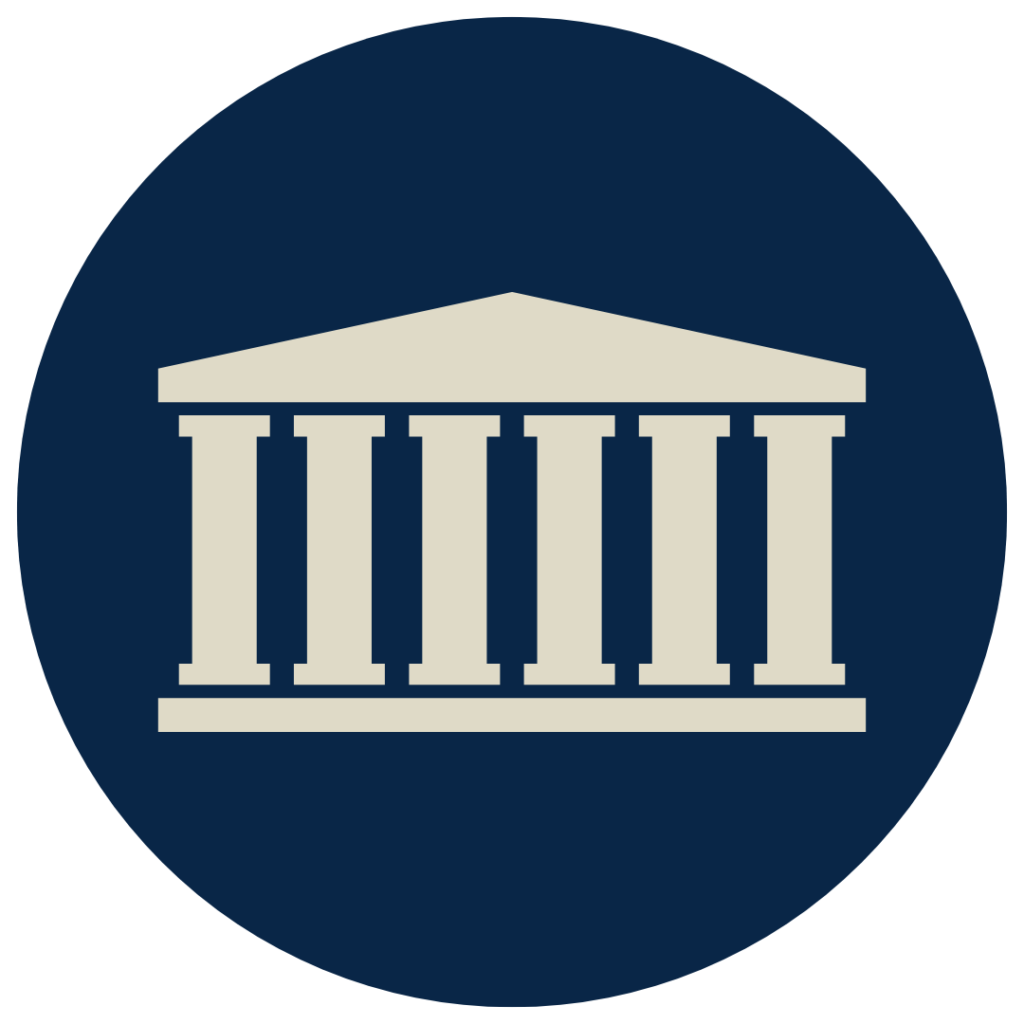Creating a resilient and adaptable workforce is essential for organizations seeking to thrive in an ever-evolving business landscape. As industries face rapid technological advancements, changing market conditions, and unpredictable global events, the ability to respond quickly to challenges is more important than ever. However, developing a workforce capable of navigating such shifts requires intentional strategies that go beyond traditional management approaches.
Read also: The Power of Recognition: Why Acknowledging Employee Performance Matters
What Does It Mean to Have a Resilient and Adaptable Workforce?
A resilient and adaptable workforce refers to employees who are not only able to recover from setbacks but are also prepared to handle future disruptions effectively. These employees are versatile, capable of adjusting to new roles, tasks, and responsibilities when needed. Adaptability involves embracing change and viewing challenges as opportunities for growth, while resilience is about maintaining mental and emotional strength in the face of adversity.
Such a workforce is invaluable in times of change. It ensures that organizations can continue to operate smoothly, even during times of uncertainty. Building this kind of workforce involves more than just offering training sessions—it requires a holistic approach to both employee development and organizational culture.
How Do You Foster a Culture of Resilience?
One of the most critical aspects of building a resilient workforce is fostering a culture that encourages open communication, continuous learning, and mutual support. Leaders play a vital role in this by modeling resilience themselves. When leadership demonstrates the ability to navigate challenges calmly and constructively, employees are more likely to mirror these behaviors.
Encouraging a mindset of growth is also crucial. When employees feel that their mistakes are viewed as learning opportunities rather than failures, they are more likely to take risks and push through difficulties. This mindset shift can help reduce the fear of failure, allowing employees to remain focused and engaged even when things don’t go as planned.
How Can Training and Development Enhance Resilience and Adaptability?
Training and development are key components in building a resilient and adaptable workforce. By providing employees with opportunities to develop both soft and hard skills, organizations ensure that they are equipped to handle a wide range of challenges.
Resilience training can focus on developing emotional intelligence, stress management techniques, and problem-solving skills. These attributes help employees cope with workplace pressures, maintain motivation, and adapt to changing demands. On the adaptability front, offering cross-training initiatives allows employees to gain experience in different roles, making it easier for them to pivot when necessary.
Furthermore, continuous professional development helps employees feel valued and invested in their roles, which contributes to higher job satisfaction and retention. A workforce that is well-equipped with diverse skills and tools can adapt to change with greater ease and confidence.
How Do Leadership and Support Systems Contribute to Workforce Adaptability?
Effective leadership is vital when it comes to guiding employees through change. Leaders should not only communicate the strategic direction of the organization but also offer the support needed to help employees adjust. Transparent communication helps reduce uncertainty, providing employees with a clearer understanding of both challenges and opportunities ahead.
Support systems, such as mentorship programs, peer networks, and coaching, can also play an important role. Employees who feel supported are more likely to demonstrate higher levels of engagement and performance. These support systems can create a safety net for employees to express concerns, ask questions, and seek advice, contributing to both their professional development and emotional well-being.
What Role Does Flexibility Play in Building an Adaptable Workforce?
Flexibility is one of the most important factors when considering how to build an adaptable workforce. Work environments that provide flexibility in terms of hours, locations, and job roles allow employees to adjust more easily to changing circumstances. Offering flexible work options, such as remote work or adjusted schedules, can help employees maintain productivity and morale during uncertain times.
Moreover, flexibility also extends to the tasks employees take on. Encouraging employees to be open to new projects, roles, or teams helps them develop a broader range of skills and prepares them for future changes. When employees feel empowered to make decisions about how and where they work, they are more likely to approach challenges with confidence and creativity.
How Do You Support Employees Through Change?
Supporting employees through change is essential in helping them maintain a sense of stability during uncertain times. One effective way to do this is through clear and consistent communication. When employees are kept in the loop about organizational changes, they are less likely to feel blindsided or anxious about what’s to come.
Additionally, offering training and resources to help employees adapt to new tools, technologies, or procedures is crucial. Providing clear pathways for skill development allows employees to feel more confident in navigating these changes. Regular check-ins and feedback sessions also provide opportunities for employees to voice concerns, ask questions, and adjust to the changes more smoothly.
Providing emotional support through employee well-being programs can also make a significant difference. Programs that focus on mental health, stress management, and work-life balance can help employees cope with challenges and stay resilient. When employees feel supported holistically, they are more likely to stay engaged and adaptable through periods of change.
Why Is Employee Engagement Key to Resilience and Adaptability?
Employee engagement is closely tied to both resilience and adaptability. When employees are engaged in their work, they are more likely to take ownership of their roles and contribute meaningfully to the organization’s success. Engaged employees are also more likely to embrace change, seeing it as an opportunity to grow rather than as a source of stress.
To foster engagement, it’s important to offer employees a sense of purpose and direction. This involves aligning their individual goals with the broader mission and values of the organization. Encouraging autonomy and recognizing achievements can further strengthen engagement, making it easier for employees to stay committed and adaptable, even in the face of obstacles.
What Are the Long-Term Benefits of a Resilient and Adaptable Workforce?
Organizations with a resilient and adaptable workforce tend to enjoy several long-term benefits. A workforce that can handle change effectively is more likely to maintain high levels of productivity and innovation, even during challenging periods. The ability to pivot quickly and embrace new ideas or technologies allows businesses to stay competitive and relevant in the market.
Furthermore, a resilient workforce can help foster a positive organizational culture, where challenges are seen as opportunities rather than threats. This type of culture can lead to higher employee retention, as employees who feel supported and empowered are more likely to stay with the organization long term. Over time, this contributes to a more stable, productive, and engaged workforce.
Read also: Exploring the Impact of Remote Work on Global Economic Trends
How Do You Measure Resilience and Adaptability?
Measuring resilience and adaptability can be challenging, as these qualities are often seen as intangible. However, there are ways to assess them through employee performance, feedback, and behavioral indicators. For example, employees who consistently meet deadlines and adapt to changes in workload or job responsibilities demonstrate resilience and adaptability.
Regular employee surveys, feedback sessions, and performance reviews can also offer insights into how well employees are coping with change and responding to challenges. Additionally, looking at key performance indicators (KPIs) related to productivity, employee retention, and innovation can offer a broader view of how these qualities are influencing overall organizational success.












